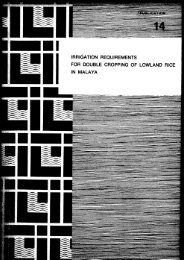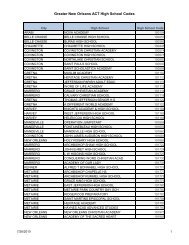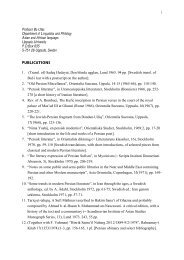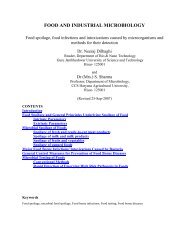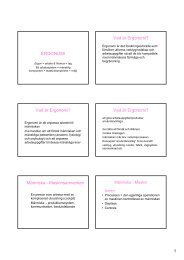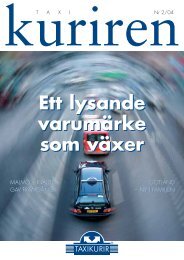On the Future of Indigenous Traditions - Munin
On the Future of Indigenous Traditions - Munin
On the Future of Indigenous Traditions - Munin
You also want an ePaper? Increase the reach of your titles
YUMPU automatically turns print PDFs into web optimized ePapers that Google loves.
Sakei and Semang dialects <strong>of</strong> <strong>the</strong> Malay peninsula, and <strong>the</strong> Mon-Khmer, including <strong>the</strong><br />
Anamese <strong>of</strong> Cochin China, <strong>the</strong> dialects <strong>of</strong> Malacca and <strong>the</strong> Philippines, dialects <strong>of</strong><br />
sou<strong>the</strong>rn and western Australian. 31<br />
With several <strong>of</strong> <strong>the</strong> above mentioned sets <strong>of</strong> sources we have all <strong>the</strong> probability to<br />
determine that <strong>the</strong> Adivasi in <strong>the</strong> early history were referred to with given names.<br />
These names are even illustrated in <strong>the</strong> Hindu scriptures. This fact along with <strong>the</strong><br />
traditions <strong>of</strong> <strong>the</strong> Adivasis <strong>the</strong>mselves tends to be one <strong>of</strong> <strong>the</strong> very basic sources to be<br />
looked upon. The untouched / unresolved issue <strong>of</strong> objective interpretation is a<br />
challenge for <strong>the</strong> Adivasis to be <strong>the</strong> pre-Aryan group <strong>of</strong> people, but <strong>the</strong> o<strong>the</strong>r set <strong>of</strong><br />
sources gives us some clues that Adivasis are a group <strong>of</strong> people are <strong>the</strong> aboriginals <strong>of</strong><br />
<strong>the</strong> Indian sub-continent. As referred by Roy above, some <strong>of</strong> <strong>the</strong>se aboriginal groups<br />
still retain ancient traditions that can reveal <strong>the</strong>ir past histories, which, if not<br />
reconstructed would be “lost beyond all chance <strong>of</strong> recovery.” 32 So <strong>the</strong> customs,<br />
which has evolved from <strong>the</strong>ir ancient tradition and customary practices, is <strong>the</strong> <strong>the</strong>me<br />
<strong>of</strong> this study. This study, in this case is not necessarily to go into revealing <strong>the</strong>ir<br />
historical past, but by relying on some <strong>of</strong> <strong>the</strong> basic sets <strong>of</strong> sources, though limited, to<br />
look at more recent historical developments in <strong>the</strong> pre and post independent India.<br />
Proving that <strong>the</strong> pre-Aryan aboriginal historic communities are indigenous, is one<br />
issue, but an even more important issue is that <strong>the</strong> cultural policymakers <strong>of</strong> <strong>the</strong><br />
independent India, who <strong>the</strong>n and even today, ei<strong>the</strong>r try to ignore interpretation <strong>of</strong><br />
those sources or policies that would treat <strong>the</strong>m o<strong>the</strong>rwise. While modern India was<br />
built on <strong>the</strong> refined grounds <strong>of</strong> <strong>the</strong> most specialized “great tradition,” <strong>the</strong> “little<br />
traditions” 33 which have been put toge<strong>the</strong>r to unite <strong>the</strong> country against <strong>the</strong> colonial<br />
rule, and <strong>the</strong> Adivasis until were called aboriginals but were <strong>the</strong>n replaced with<br />
“Scheduled Tribes”.<br />
31<br />
S.C. Roy, Mundas and Their Country (Ranchi: Catholic Press, [1912], 1995), 7.<br />
32<br />
Ibid.<br />
33<br />
Clifford Geertz, Old Societies and New states, The quest for modernity in Asia and Africa (New<br />
York: The Free Press, 1967), 30.<br />
30





